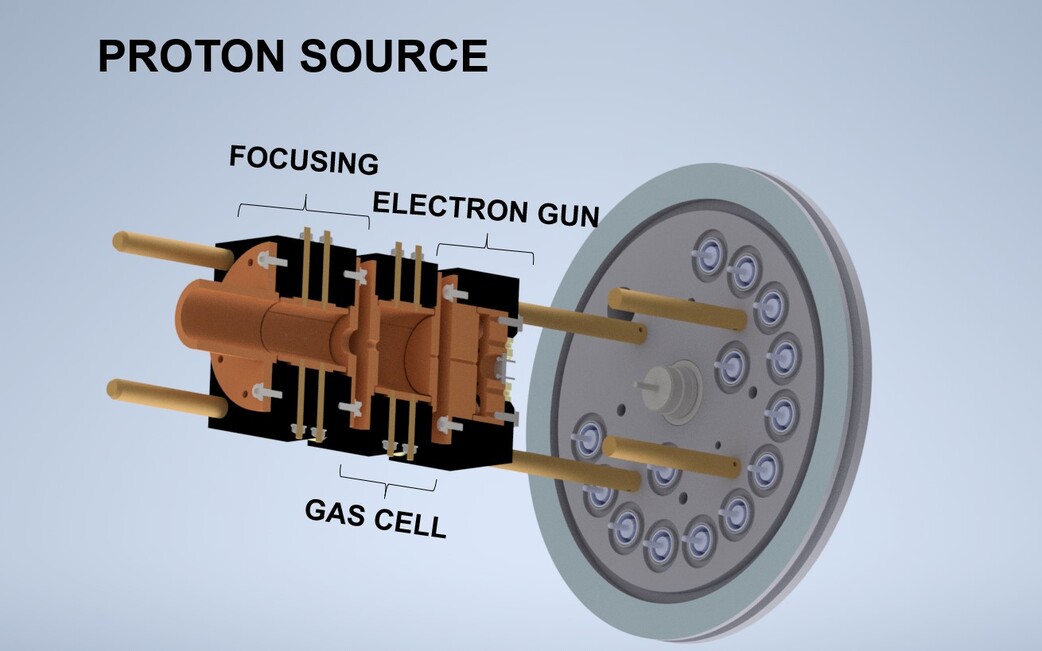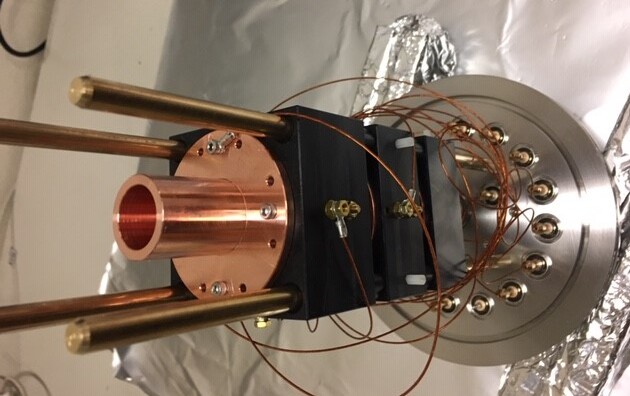Characterisation of (anti)hydrogen formation in ASACUSA


Two breakthroughs of the early 20th century marked the beginning of modern physics: the formulations of quantum physics and special relativity. Combining the two concepts lead Dirac in 1928 to his famous equation, which predicted the existence of antimatter. In the following years those completely symmetric mirror objects of fundamental particles were successively discovered.
Matter-antimatter pairs can be created from excess energy in a process called pair production. If all matter around us eventually stems from the action of this creation mechanism in the early universe it remains a mystery where all the antimatter has gone since there is no experimental evidence for the existence of antimatter in the Universe.
An explanation could be found if the symmetric properties of matter-antimatter pairs are not as perfect as predicted by theory. The ideal system to shed light on this question is antihydrogen, the simplest atomic system consisting purely of antimatter. The study of an antiatom allows for the application of very precise and well-established spectroscopy methods and the hydrogen atom is probably the best known system in physics. Therefore antihydrogen currently receives a lot of attention.
The Stefan-Meyer-Institute of the Austrian Academy of Sciences as a member of the international ASACUSA collaboration (with partners from Japan, Italy, and Switzerland) participates in a project at CERN, where the so-called hyperfine structure of antihydrogen will be determined using a beam spectroscopy technique. This quantity is expected to yield some of the most precise test of matter-antimatter symmetry. The formation of the required beam of antihydrogen is an extremely challenging task and has not been achieved yet with high enough intensity. The key to speed up the development is parallel operation of the involved equipment with matter. At large scale facility like CERN operation periods are interleaved with maintenance and upgrade work in cycles of several years in duration. The next shutdown is scheduled for the years 2019-2020. Consequently the availability of matter becomes absolutely crucial in order to continue the work toward the first measurement of the antihydrogen hyperfine structure in a beam.
This FWF project will enable ASACUSA's antihydrogen setup to operate with matter during the years of the CERN shutdown. A key piece of equipment this FWF project will provide is the proton source shown in the pictures above. This device will produce protons using by electron impact ionization of molecular hydrogen (H2) gas. These protons will then be mixed with electrons to produce hydrogen atoms using the same techniques as used for antihydrogen. The availability of matter will enable more comprehensive investigations of the formation processes than can be done with the scarcely available antimatter. Once antimatter is available again, the schemes developed will be applied leading to the first spectroscopy results on the hyperfine structure of unperturbed antihydrogen.
Project leader:
Dr. Daniel James Murtagh
Duration:
2019/06/11 - 2022/06/10
Funded by:
FWF project
P 32468-N36